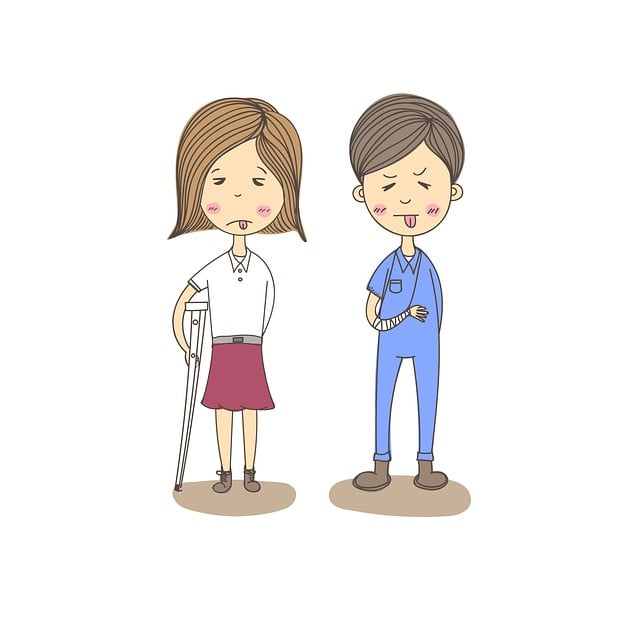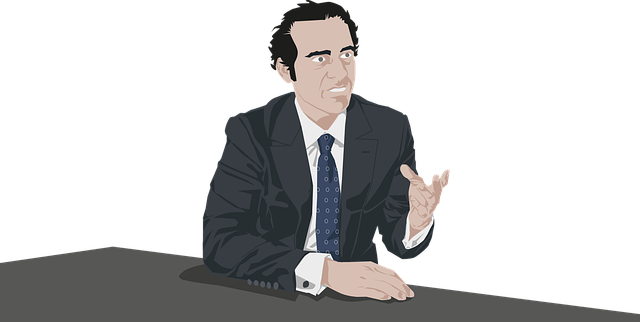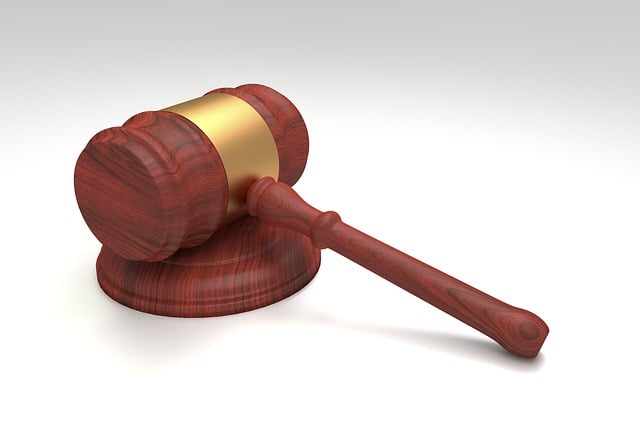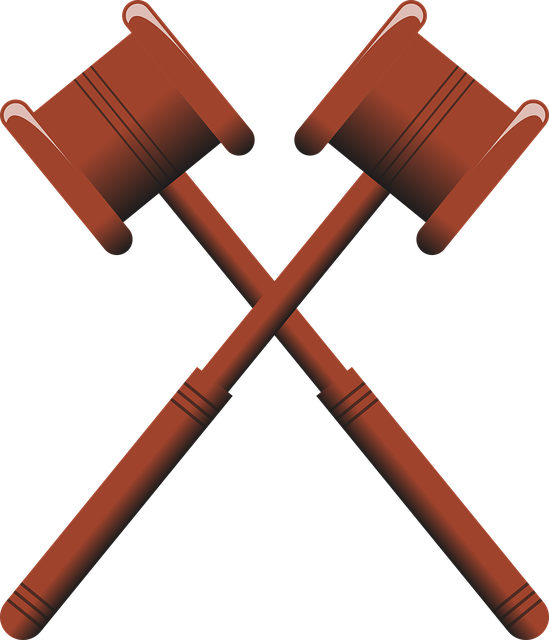Wrongful death compensation is a critical aspect of medical negligence cases, offering financial and emotional support to grieving families. The process begins with gathering medical records and legal consultation within jurisdiction-specific time limits. Expert opinions and detailed documentation are vital for successful claims. When calculating compensation, key factors include proving causation, assessing harm (pain, distress, quality of life, economic losses), and considering age, dependents, pre-existing conditions, and remote causes linked to provider negligence.
In the intricate landscape of medical negligence, the loss of a loved one due to a preventable error can leave families reeling. Understanding wrongful death compensation is a vital step in navigating these challenging cases. This article explores the legal perspective on such compensation, delving into the process of claiming it and the key factors determining damages. By examining these aspects, individuals affected by medical negligence can better grasp their rights and potential financial support.
- Understanding Wrongful Death Compensation: A Legal Perspective
- The Process of Claiming Compensation in Medical Negligence Cases
- Key Elements and Factors Determining Wrongful Death Damages
Understanding Wrongful Death Compensation: A Legal Perspective

Understanding Wrongful Death Compensation: A Legal Perspective
Wrongful death compensation represents a crucial aspect of medical negligence cases, providing a form of redress for families affected by the loss of a loved one due to a healthcare provider’s oversight or misconduct. In essence, it aims to offer financial relief and acknowledge the profound emotional impact such tragedies can have on surviving family members. When a personal injury lawyer is involved, they play a vital role in navigating complex legal procedures and ensuring that the bereaved receive fair compensation for their loss.
This type of compensation goes beyond mere monetary gain, aiming to address the various dimensions of harm suffered. In medical negligence cases, it may include expenses related to medical care, pain and suffering, lost wages, and the value of services the deceased would have provided had they survived. Unlike scenarios involving car accident injuries or real estate disputes, wrongful death claims carry a profound emotional weight, making legal support indispensable in securing justice and providing closure for affected families.
The Process of Claiming Compensation in Medical Negligence Cases

When pursuing wrongful death compensation in medical negligence cases, the process begins with understanding the specific circumstances surrounding the incident. This involves gathering medical records, consulting with a qualified accident attorney, and thoroughly reviewing the facts to determine liability. It’s crucial to act promptly as there are often strict time limits for filing claims, known as statutes of limitations, which vary by jurisdiction.
A key step is preparing a detailed account of the events leading up to the harm, including any communication with healthcare providers and subsequent outcomes. This documentation, along with expert medical opinions, forms the backbone of the claim. In complex cases, such as those involving contract disputes or slip and fall injuries, additional legal strategies may be employed to ensure fair compensation for the grieving family.
Key Elements and Factors Determining Wrongful Death Damages

When determining wrongful death compensation in medical negligence cases, several key elements and factors come into play. The primary focus is on proving that a healthcare provider’s negligence directly led to the patient’s death. This involves demonstrating a breach of duty, causation, and damages. The extent of harm caused by the negligent act or omission is crucial; this can include physical pain, emotional suffering, lost quality of life, and economic losses such as medical expenses and loss of earnings potential.
In addition to these essential elements, several other factors may influence the final award. These can include the patient’s age, whether they had dependents who relied on them for support, and any pre-existing conditions that might have contributed to their death. Even remote or indirect causes of death, such as elder abuse or a medical professional’s failure to diagnose a serious injury, can be considered if there is clear evidence linking these issues to the healthcare provider’s negligence.
In cases of medical negligence leading to a wrongful death, understanding the process and key elements of wrongful death compensation is paramount. This article has explored both the legal perspective on compensation and the practical steps involved in claiming it. By recognizing the significant impact of such incidents on victims’ families and the importance of holding negligent parties accountable, we can ensure that proper damages are determined based on factors like loss of companionship, medical expenses, and economic support. Ultimately, knowledge about wrongful death compensation empowers individuals to navigate these complex legal matters effectively.






